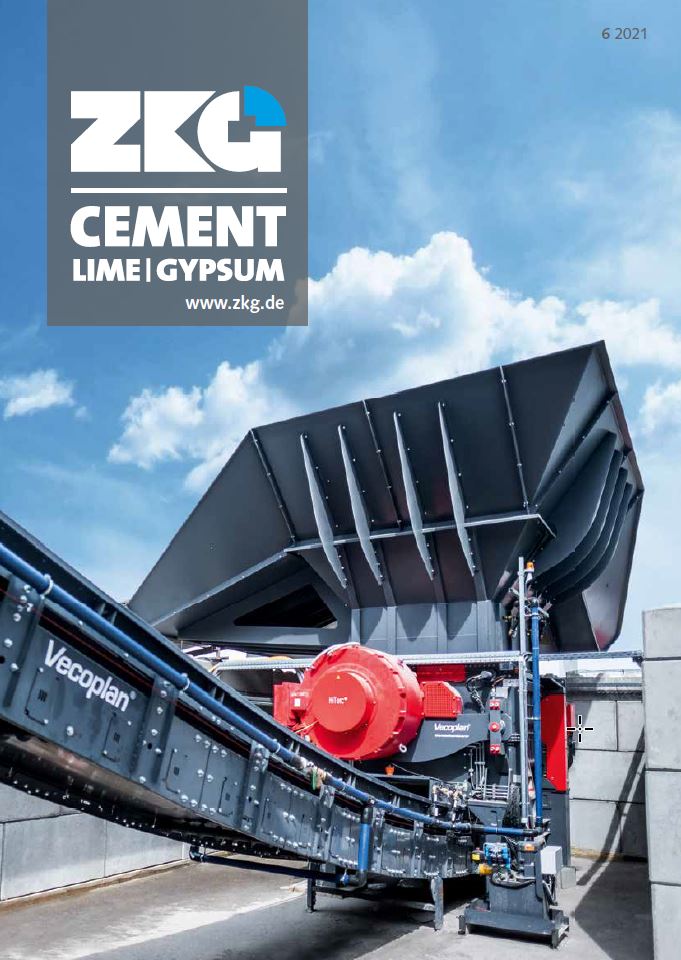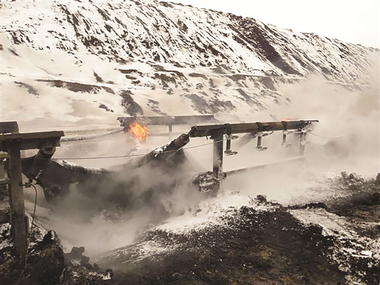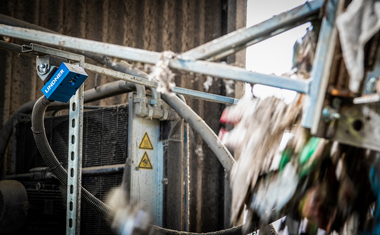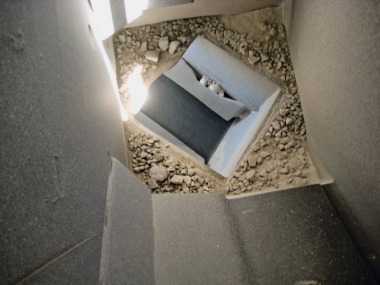Nobody could know that back then …
Within the last four weeks more than € 30 billion have been accounted as damage from the flood catastrophy in Germany. The damage to the forests by the mediterranean bushfires is yet to be estimated and the same goes for the fires in California. Slowly but steadily we are getting a feeling for the cost of unmitigated climate change. The voices that have been stating this already for a long time have long been disrespected and slandered as alarmistic. Now we are crying: “Who is going to pay for all that damage?”
While I was shovelling mud from my neighbours’ basements in my devastated hometown, some people still writhed around a simple and meanwhile undoubtedly scientifically proven truth: Climate change is here and it will hit us hard and fast. And we are (already) at + 1.5 °C. If we continue like this, we will see + 4 °C by the end of the century. Can you imagine what the world will look like then? Find out how much colder the world average temperature was during the last Ice Age – and be surprised ...
I wonder how those, who still deny climate change and shirk their responsibilities will one day be confronted with the reality that they have been on the wrong side of history for too long. Will they be ashamed and humble? Or will they then excuse themselves with the usual “Nobody could know that back then”? Whenever I hear this phrase I am getting seriously angry ... This is the most infamous excuse for those who simply deny well-known knowledge because it means an uncomfortable move out of their comfort zone! We don’t need people now who try to hold on to their past, but we need people who try to secure our future. The leading voices of the cement industry have strongly spoken out about their responsibility – let’s now get going to make it happen.
Yours truly
Matthias Mersmann





